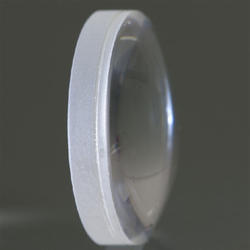Due to the fact that achromatic lenses focus colors at the same point, they allow users to fully focus the image. Compared to uncorrected singlet lenses, achromatic lenses can produce clearer images, making it easier to observe and obtain more accurate perception.
When the achromatic lens was introduced, it brought revolutionary changes to the imaging method. Although the quality of lenses has been continuously improving, achromatic lenses are still the main application in scientific and non scientific optical applications. Some advantages of achromatic lens components include:
Improved image quality: Achromatic lenses eliminate color bands, greatly improving the brightness and clarity of the image. This fact is particularly true for multicolor imaging.
Efficient optical transmission: Unlike single line lenses, the coaxial performance of achromatic lenses does not decrease with the increase of aperture size, allowing you to utilize the entire transparent aperture.
Cost effective production: Although achromatic lenses can be improved, these lenses are much more expensive. For most purposes, achromatic lenses can provide a significant amount of correction, making them a cost-effective method for obtaining clear white light images.
In order to produce the desired color correction effect, achromatic lens manufacturers must use two or more types of optical glass with different wave dispersion. Typically, this process involves concave lens elements with high dispersion and convex lens elements with low dispersion. Two lenses were installed to tightly counteract the deformation of the other lens. This type of achromatic lens is called an achromatic double lens and is a common achromatic lens, although there are also triple lenses.




